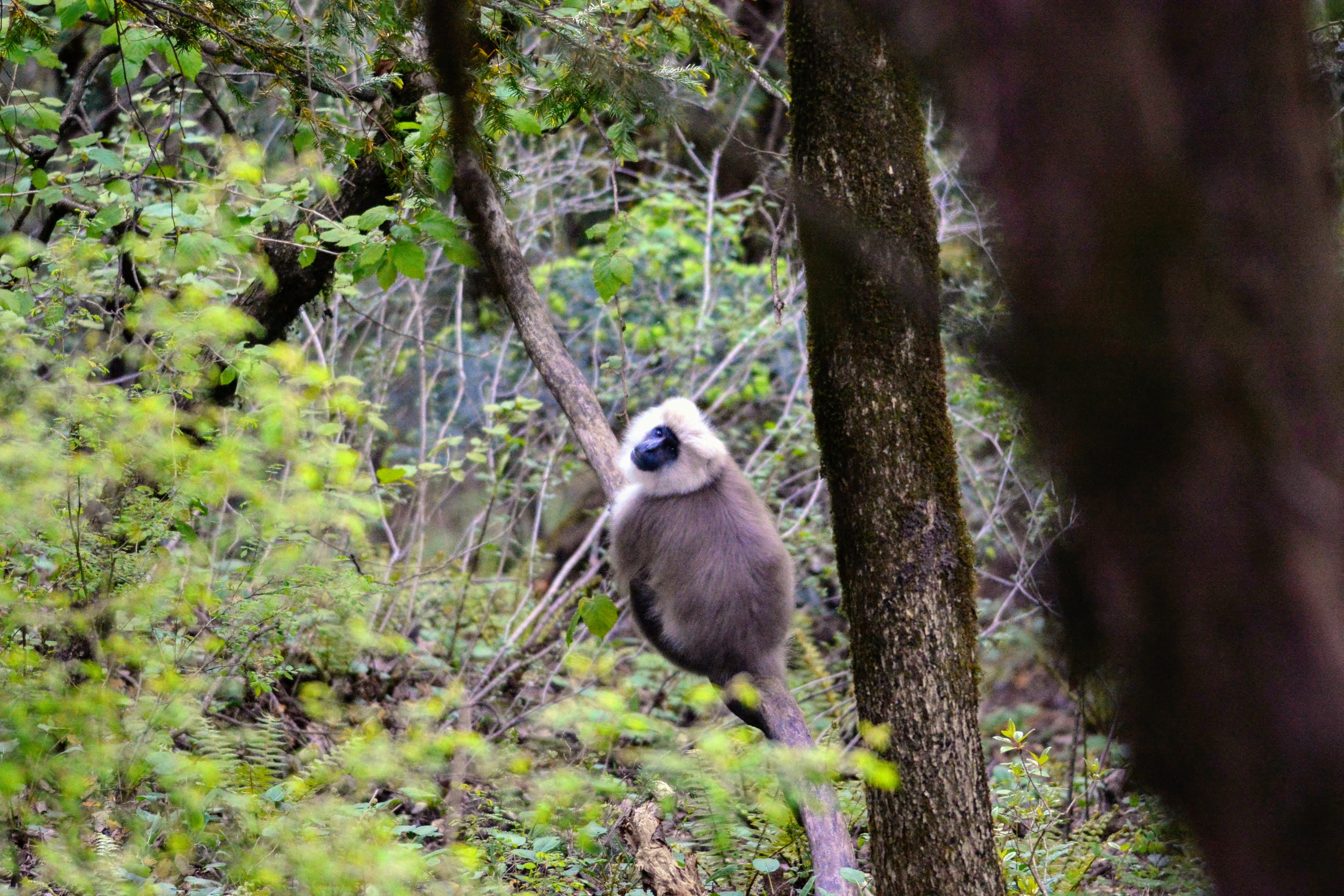Protected areas are critical for climate adaptation, biodiversity conservation, and the protection of ecosystems globally. However, in a changing climate, species ranges are shifting. Because protected area boundaries are static, there is concern that climate change will push species out of reserves and into unprotected, potentially degraded landscapes.
Many countries are currently working towards international protection targets, often by expanding the total area that is under protection. However, the authors of this study found that the proportion of protected land had no significant influence on protection retention, which indicates that simply expanding protected areas is not likely to safeguard biodiversity in the long-term.
The study found that the strongest predictor of protection retention is “protection evenness,” a metric for the equality of protection across varying ecological features and the representativeness of climate under protection. Countries should focus on creating newly established PAs that cover as much of the available climate space as possible—that is, all combinations of hot, cold, wet, and dry climates. With this approach, species and ecosystems that are pushed out of one PA may still be able to find suitable climates within other PAs, which will increase their chance of survival over the long term.
Importantly, the study found that this adaptation strategy is as effective as, or even more effective than, mitigation strategies that focus on reducing carbon emissions to slow the pace of climate change. Country governments can combine adaptation and mitigation strategies for maximum conservation benefit.
“The typical approach to conservation has consistently looked at the current snapshot of biodiversity to guide conservation priorities and new protected areas, without considering that species and ecosystem distributions are fluid in nature,” said Paul Elsen, Climate Adaptation Scientist for WCS and lead author of the paper. “Now, more than ever, species are on the move from climate change, making it essential for conservation actions to take the long view to safeguard biodiversity into the future.”
The study, titled “Keeping pace with climate change in global terrestrial protected areas,” was conducted in partnership with the University of California, Berkeley and the USDA Forest Service and can be found here. The authors are Paul Elsen (WCS and UC Berkeley), William Monahan (USDA), Eric Dougherty (UC Berkeley), and Adina Merelender (UC Berkeley).
###
WCS (Wildlife Conservation Society)
MISSION: WCS saves wildlife and wild places worldwide through science, conservation action, education, and inspiring people to value nature. To achieve our mission, WCS, based at the Bronx Zoo, harnesses the power of its Global Conservation Program in nearly 60 nations and in all the world’s oceans and its five wildlife parks in New York City, visited by 4 million people annually. WCS combines its expertise in the field, zoos, and aquarium to achieve its conservation mission. Visit: newsroom.wcs.org Follow: @WCSNewsroom. For more information: 347-840-1242.
Original post https://alertarticles.info




